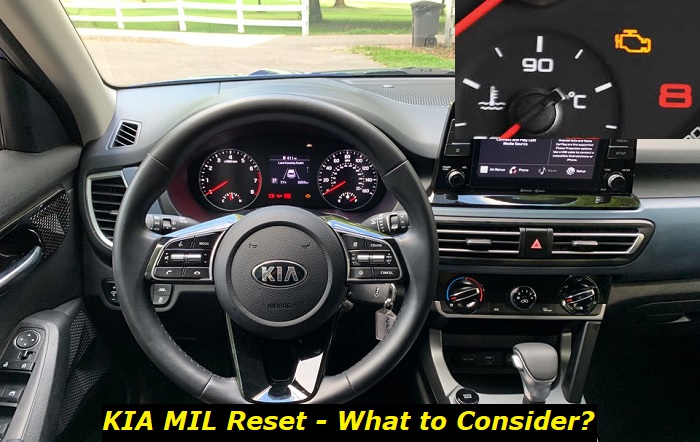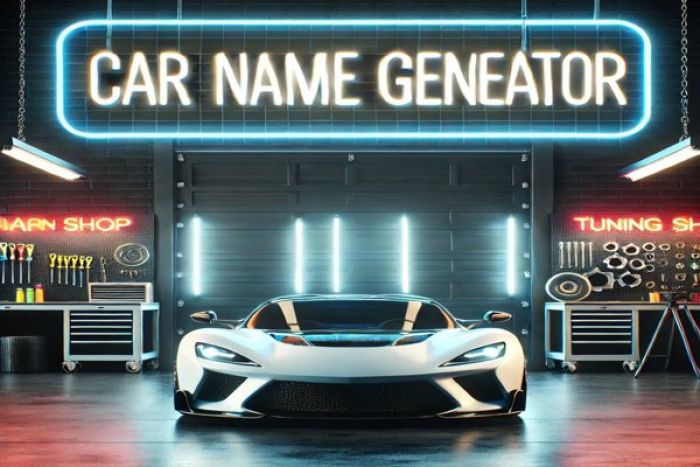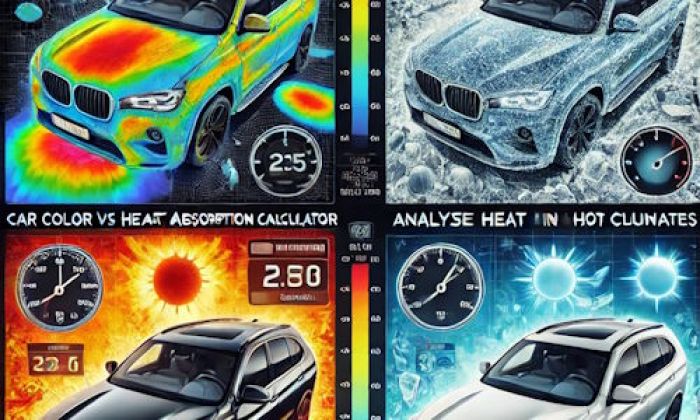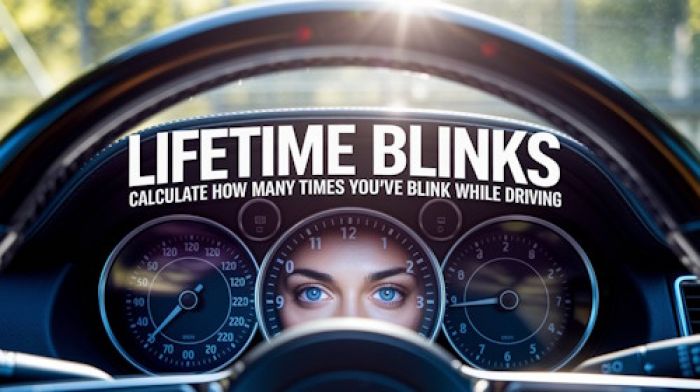As a KIA owner, you know the importance of keeping your vehicle running at its best. But when the dreaded Malfunction Indicator Light (MIL) or Check Engine light appears on your dashboard, it can be a real heart-stopper.
Malfunction indicator light highlights
- Common reasons:any code in the ECU, issues with the ECU
- How to fix:scan the codes, try disconnecting the battery for some time
- Possible consequences:depending on what triggered the MIL
- Priority level:Medium
- Can you drive?Carefully
- DIY repair:Impossible
- Repair price range:$150-$500

Understanding the MIL and Check Engine Lights
The MIL (Malfunction Indicator Light) and Check Engine lights serve the same purpose: to alert you that there's an issue with your vehicle's emissions system. The MIL is commonly a yellow or orange light that blinks on your dashboard, while the Check Engine light is often a red or orange light.
Both lights come on when the vehicle's onboard diagnostic system detects an issue, so don't ignore them! The light may blink or stay on, depending on the severity of the problem. If the light blinks, it indicates that the problem is severe and should be addressed immediately.
If it stays on, it indicates that the problem is less severe but should still be addressed as soon as possible.
Diagnosing the Issue with a Scanner
Want to know the secret to quickly identifying the root of a Check Engine light problem? Look no further than a diagnostic scanner! These handy devices, available at most auto parts stores, allow you to read the diagnostic trouble codes stored on your vehicle's computer.
With this information in hand, you can use online resources or repair manuals to pinpoint the problem. But remember, not all issues will trigger the Check Engine light, so even if your light isn't on, it's always a good idea to have your vehicle checked by a professional.
Resetting the Light and Maintaining Your Vehicle
Once you've figured out the root cause of the problem, clearing the DTCs (Diagnostic Trouble Codes) from the vehicle's computer and taking a short drive can do the trick. But if the light comes back on, it's time to call in a professional for a thorough inspection. To avoid this situation in the future, make sure to maintain your vehicle regularly by getting regular oil changes, checking tire pressure, and inspecting the emissions system.
A well-maintained vehicle is less likely to give you any headaches and trigger those warning lights. So, take control of your vehicle's health and enjoy a smooth ride!
Common Problems That Can Trigger the MIL or Check Engine Light
Some of the most common problems that can trigger the MIL or Check Engine light include:
- A faulty oxygen sensor
- A faulty catalytic converter
- A malfunctioning mass air flow sensor
- A malfunctioning evaporative emissions control system
- A loose or damaged gas cap
The Long-term Effects of Not Addressing the Light
Don't ignore that warning light on your dashboard! The MIL or Check Engine light may seem like a minor inconvenience, but neglecting it can lead to serious long-term damage to your Kia. If left unaddressed, the problem can cause damage to the catalytic converter, resulting in costly replacements.
Not only that, but if the issue is related to the emissions system, your Kia may be polluting more and that's not only bad for the environment but also can result in fines. The longer you wait, the more severe the problem can become and the more it will cost you to fix.
Don't forget about the fuel efficiency, neglecting the light can lead to a decrease in fuel efficiency and higher fuel costs. Stay on top of your Kia's health by addressing that warning light as soon as it appears.
Common Mistakes People Make When Dealing with the Light
Many car owners make common mistakes when dealing with these warning lights. One of the biggest mistakes is ignoring the light, hoping it will just go away; that's something a proud KIA owner would never do! Another common mistake is trying to reset the light without fixing the actual problem.
That's like putting a band-aid on a broken bone, it's just a temporary fix. And don't forget to check the most common cause, the gas cap, make sure it's tight and not damaged. And before attempting to fix the problem yourself, remember that proper knowledge and tools are essential to avoid making the problem worse.
Don't let these common mistakes ruin your day, take control and make sure your vehicle is running at its best.
Real-life Examples and Statistics
Did you know that nearly all cars will experience a Check Engine light at some point in their lifetime? That's right, a study by the American Automobile Association found that an astounding 96% of vehicles will have this warning signal come on.
But it's not just an annoyance, as 20% of those vehicles will have an issue that can negatively affect emissions and fuel efficiency. And if you're worried about the cost of repairs, a survey by CarMD found that the average cost for fixing a Check Engine light issue is $398.
So, the next time you see that pesky light turn on, remember the importance of addressing it promptly. Not only for your car's performance but also for your wallet.
Final words
In conclusion, the MIL or Check Engine light may seem like a nuisance, but it's actually your KIA's way of communicating to you that something is amiss. By understanding the meaning of the light, how to diagnose the issue, and how to reset it, you'll be able to take proactive steps to address the problem and avoid costly repairs.
And let's not forget, the best defense is a good offense! Regular maintenance and being mindful of common mistakes can help prevent the light from turning on in the first place. But if you're ever in doubt, don't hesitate to take your KIA to a professional and let them handle the heavy lifting.
Remember, your KIA is not just a vehicle, it's a trusty companion on the road of life, so treat it with the care and attention it deserves.
About the authors
The CarAraC research team is composed of seasoned auto mechanics and automotive industry professionals, including individuals with advanced degrees and certifications in their field. Our team members boast prestigious credentials, reflecting their extensive knowledge and skills. These qualifications include: IMI: Institute of the Motor Industry, ASE-Certified Master Automobile Technicians; Coventry University, Graduate of MA in Automotive Journalism; Politecnico di Torino, Italy, MS Automotive Engineering; Ss. Cyril and Methodius University in Skopje, Mechanical University in Skopje; TOC Automotive College; DHA Suffa University, Department of Mechanical Engineering






Add comment